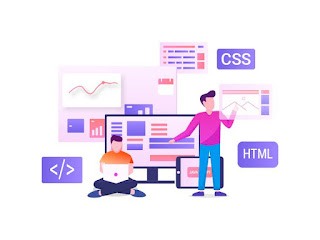Mastering Responsive Web Design: A Guide to Building Sites for Every Device.

Table of Contents Introduction What Is Responsive Design? Benefits of Responsive Design Best Practices for Responsive Design Tools for Responsive Design Conclusion Introduction Welcome to our guide on mastering responsive web design. In this post, we'll explore the principles, benefits, and best practices for creating websites that adapt to every device. What Is Responsive Design? Responsive web design is an approach that makes web pages render well on a variety of devices and window sizes. It ensures that your site looks and functions perfectly, whether on a desktop, tablet, or smartphone. Benefits of Responsive Design Discover the advantages of responsive design, such as improved user experience, increased mobile traffic, and SEO benefits. Best Practices for Responsive Design Learn the essential techniques and strategies for building responsive...












